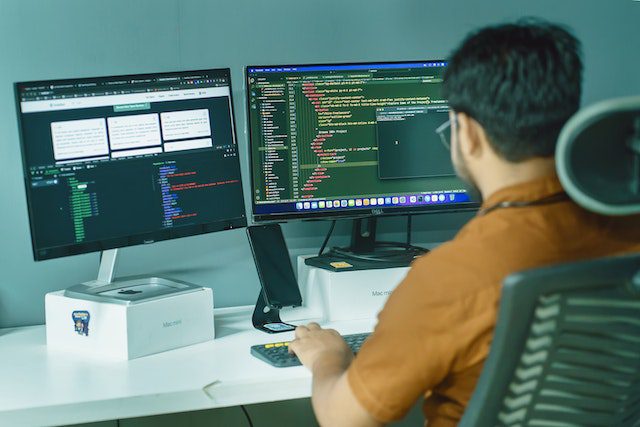Summary of How Far Is Video Generation From World Model: a Physical Law Perspective, by Bingyi Kang et al.
How Far is Video Generation from World Model: A Physical Law Perspective
by Bingyi Kang, Yang Yue, Rui Lu, Zhijie Lin, Yang Zhao, Kaixin Wang, Gao Huang, Jiashi Feng
First submitted to arxiv on: 4 Nov 2024
Categories
- Main: Computer Vision and Pattern Recognition (cs.CV)
- Secondary: Artificial Intelligence (cs.AI)
GrooveSquid.com Paper Summaries
GrooveSquid.com’s goal is to make artificial intelligence research accessible by summarizing AI papers in simpler terms. Each summary below covers the same AI paper, written at different levels of difficulty. The medium difficulty and low difficulty versions are original summaries written by GrooveSquid.com, while the high difficulty version is the paper’s original abstract. Feel free to learn from the version that suits you best!
| Summary difficulty | Written by | Summary |
|---|---|---|
| High | Paper authors | High Difficulty Summary Read the original abstract here |
| Medium | GrooveSquid.com (original content) | Medium Difficulty Summary The paper evaluates the ability of video generation models to learn fundamental physical laws from visual data without human priors. The authors developed a 2D simulation testbed for object movement and collisions, generating videos deterministically governed by classical mechanics laws. They trained diffusion-based video generation models to predict object movements based on initial frames, observing perfect generalization within the distribution, measurable scaling behavior for combinatorial generalization, but failure in out-of-distribution scenarios. The study reveals that the models prioritize different factors when referencing training data: color > size > velocity > shape, suggesting a “case-based” generalization behavior rather than abstracting physical rules. |
| Low | GrooveSquid.com (original content) | Low Difficulty Summary Video generation models can learn fundamental physical laws from visual data without human priors. A team developed a testbed for object movement and collisions to generate videos governed by classical mechanics laws. They trained video generation models to predict object movements, finding perfect generalization within the distribution, but not outside it. The study shows that these models prioritize different factors when referencing training data. |
Keywords
» Artificial intelligence » Diffusion » Generalization




